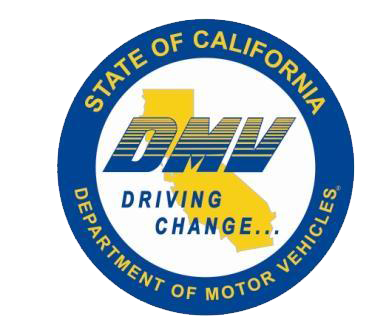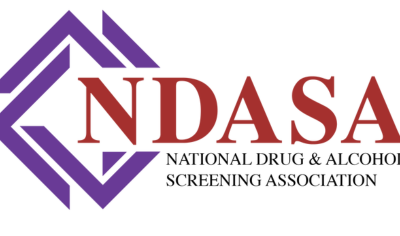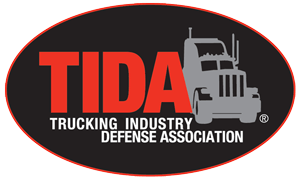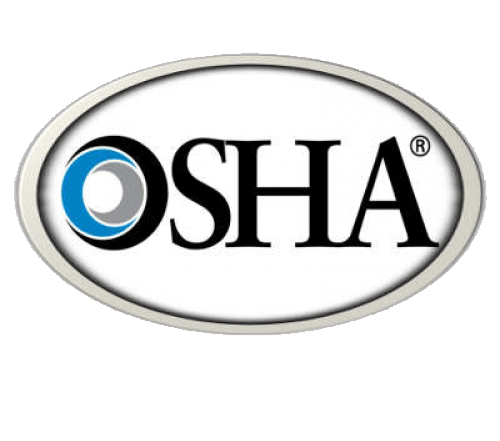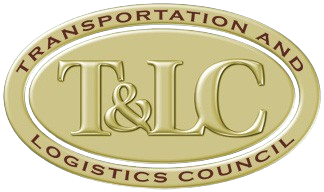Roadside Inspections and Your Authority
Roadside inspections are not the most enjoyable times for drivers. Drivers may view the process as a waste of their day and a few drivers see it as an intrusion of their privacy. During a normal year, there are over 3.5 million roadside inspections conducted in the United States. They are conducted by specially trained officers, most of whom are state troopers. There is no violation quota, just the requirement that the officer do a certain number of inspections per year.
The inspection process is predictable, and therefore it is easy to train drivers on. The officer uses the 37-step process that Federal Motor Carrier Safety Administration (FMCSA) and the Commercial Vehicle Safety Alliance (CVSA) train officers on. During each step, the officer verifies compliance with the regulations involving the carrier, the driver, and the vehicle. Roadside inspections are more than just the vehicle and hours of service safety rules. The officer will also verify that the carrier has the needed state and federal authorities in place.
Not a small number of the violations written are tied to fleet legalization issues. In the last full calendar year, over 166,000 violations were due to problems in this area, including:
- 107,000 violations related to the vehicle not being marked with the information on the carrier’s MCS-150 (or related marking violations);
- 25,000 violations for carriers not having the proper authority;
- 23,000 violations for not having an active USDOT number or not completing a required update of the MCS-150; and
- 11,000 violations for failing to pay Unified Carrier Registration fees.
Often, USDOT registration violations and authority violations mean that the vehicle is not moving until the situation is rectified. When receiving a violation for not having the correct federal for-hire authority, in nearly 9 out of 10 occurrences (89% of the time), the vehicle is placed out of service. Carriers are prohibited by the regulations from operation without an active USDOT number and registration. It comes as no surprise then; the vehicle is placed out of service 37% of the time when the regulation is cited.
When training drivers, teach them all about roadside inspections, what to expect, what are the primary triggers, how to do their own good inspections, but also to be sure that their authority and USDOT number credentials are up to date.
Content Disclaimer: Due to the constantly changing nature of government regulations, it is impossible to guarantee the total and absolute accuracy of the material contained herein or presented. NorthAmerican Transportation Association (NTA) cannot and does not assume any responsibility for omissions, errors, misprinting or ambiguity contained. NTA shall not be held liable in any degree for any loss, damage or injury caused by any such omission, error, misprinting or ambiguity present. It is made available with the understanding that NTA is not engaged in rendering legal, accounting or other professional service. If legal advice or other expert service is required, the services of such a professional should be sought.



